by David Parmer
What is the truth about China’s People’s Liberation Army? Is it a major force to be constantly monitored and reckoned with or a “paper dragon” ? The answer really depends on the observer. Reports of China’s growing military power abound in the western press and have for years, and book after book warn of the Chinese military threat. Yet in late 2014 and early 2015 differing reports have emerged giving radically differing conclusions concerning China’s military. So what are the facts, and what is the truth? In this report we will take a look at three reports, one article and one Chinese response.
The most recent report, titled China’s Incomplete Military Transformation-Assessing the Weaknesses of the People’s Liberation Army (PLA), was issued by the U.S.-China Economic and Security Review Commission (Rand) on February 11, 2015. The purpose and scope of the report is laid out in its preface:
This report assesses many of the weaknesses in the PLA’s human capital and organizational realms, in the PLA’s combat capabilities across various domains (land, sea, air, space, cyber, and electromagnetic), and in China’s defense research and industrial complex. It does so by examining how these weaknesses affect the PLA’s performance of missions Beijing tasks or may task the force to carry out and by reviewing Chinese assessments of the PLA’s shortcomings and their potential implications. (Preface)
The report goes on to define the term “weakness” and states that military weakness takes three forms:
- Inability to perform a mission
- High risk of mission failure
- Inefficiencies that degrade mission outcomes
The first six chapters outline the perceived weaknesses of the PLA while chapter seven makes a summary and discusses the implications of the shortcomings noted in the report.
http://www.uscc.gov/sites/default/files/Research/China’s%20Incomplete%20Military%20Transformation_2.11.15.pdf
Another report issued early this year is The Military Balance 2015 prepared by The International Institute for Strategic Studies(IISS). This annual study looks at military developments in the current year by region. As for Asia, and specifically China, it notes Chinese military progress rather than shortcomings:
China’s military procurement programme, supported by these budget increases, continues to attract attention. Following a flurry of new naval programmes, from the Liaoning carrier to destroyers, more are underway. Armament has also improved. The 60 frigates and destroyers in service in 2000 had less than 600 anti-ship and surface-to-air missile tubes between them; the current fleet has almost triple that number with only 20% more hulls. The November 2014 Zhuhai air show provided further insights into China’s military progress. Highlights of the show included the FC-31 combat-aircraft prototype, which might be intended for export, a large ramjet-powered supersonic anti-ship missile design, the CX-1, and a range of air-to-surface weapons being offered for use on UAVs.
(IISS Military Balance 2015 Press Statement)
Meanwhile, Asian states with ambitious naval programmes have prioritised the development of aviation-capable platforms and marinised fixed- and rotary-wing aircraft. In 2012, China’s People’s Liberation Army Navy (PLAN) conducted flight trials of J-15 combat aircraft on its first aircraft carrier, the Liaoning. The carrier sailed on exercises in December 2013, accompanied by escorts and support vessels, highlighting China’s efforts to develop a carrier battle group. There are reports that China is building a second carrier. Alongside the continuing development and construction of other major surface combatants, notably the Type-052D destroyer and the reported Type-55 cruiser programme, these projects showcased China’s growing investment in maritime power-projection capabilities.
(IISS Military Balance 2015 Chapter 6:Asia)
https://www.iiss.org/en/publications/military-s-balance
In its annual report to congress in 2014, (Military and Security Developments Involving the People’s Republic of China 2014) the U.S. Defense Department noted China’s technical advancement, budget and expanding capabilities instead of its shortcomings. The report states:
In 2013, China announced a 5.7 percent increase in its annual military budget to $119.5 billion, continuing more than two decades of sustained annual defense spending increases. China sustained its investments in strategic forces modernization, as well as key anti- access/area-denial (A2/AD) capabilities such as advanced intermediate- and medium-range conventional ballistic missiles, long-range land-attack and anti-ship cruise missiles, counter-space weapons, and offensive cyber capabilities. China’s military investments provide it with a growing ability to project power at increasingly longer ranges. In 2013, this included at-sea testing of China’s first aircraft carrier and continued development of fifth generation fighter aircraft.
A key point to note is the report’s assessment of China’s “growing ability to project power at increasingly longer ranges.” This is at variance with the Rand report of February 2015 detailing a broad spectrum of weaknesses.
http://www.defense.gov/pubs/2014_DoD_China_Report.pdf
In the defense blog War Is Boring, the authors take a tone much like the Rand report but focus on strategic rather than systemic weaknesses of the PLA. They cite a number of factors working against China’s military power, the chief of which is a lack of allies in its neighborhood.
Yes, the People’s Liberation Army is slowly becoming more technologically advanced. But that doesn’t mean Beijing can mobilize its armed forces for global missions. Unlike the world’s main expeditionary powers–the United States and the U.K., to name two–China is surrounded by potential enemies.
The blog post also outlines PLA corruption, outdated equipment and China’s proximity to unstable regimes such as Pakistan, Afghanistan and North Korea as minus factors in its lack of strategic military advantage and strength.
https://medium.com/war-is-boring/the-chinese-military-is-a-paper-dragon-8a12e8ef7edc
Finally, how does Beijing and the PLA view these reports? (Specifically, the U.S. and British reports issued in February 2015). One reply worth noting was by Senior Captain Zhang Junshe, researcher at the naval Military Studies Research Institute published online. Zhang states:
It appears difficult to grasp the latent purposes of the two seemingly contradictory reports from the US and Britain top think tanks. Why do the two western think tanks draw such contradictory conclusions for the Chinese People’s Liberation Army (PLA), an army of objective existence?
In fact, the answer is obvious. The two reports published almost at the same time truly reflect the current fact that western countries don’t take an objective attitude toward China’s national defense construction and military development.
Captain Zhang then goes on to state that many China-related reports in the west are for political purposes. He defends China’s defense budgets, and states that China’s military should be judged from “an objective, fair and rational perspective.”
http://english.chinamil.com.cn/news-channels/2015-02/15/content_6357469.htm
Photo: UK Defence Images via flickr
 ASEAN Def. Ministers Meeting 2014 ( Singapore.mindef)
ASEAN Def. Ministers Meeting 2014 ( Singapore.mindef) 日本語
日本語 English
English 中国語
中国語
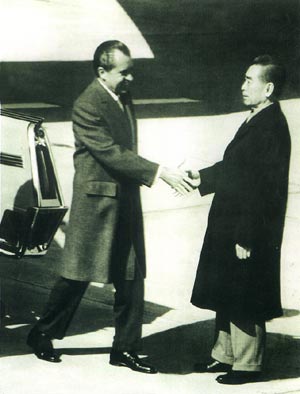 The Nixon-Zhou Handshake
The Nixon-Zhou Handshake 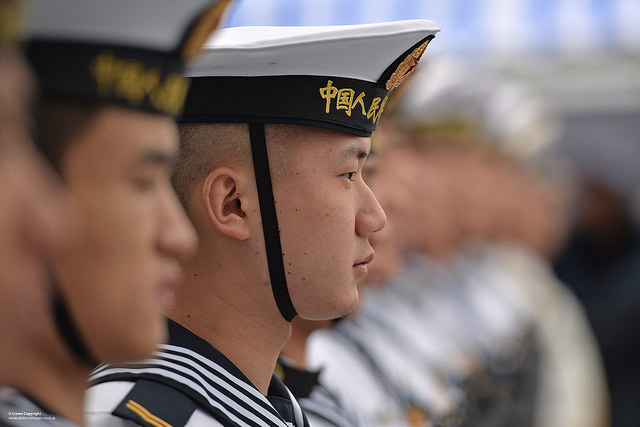
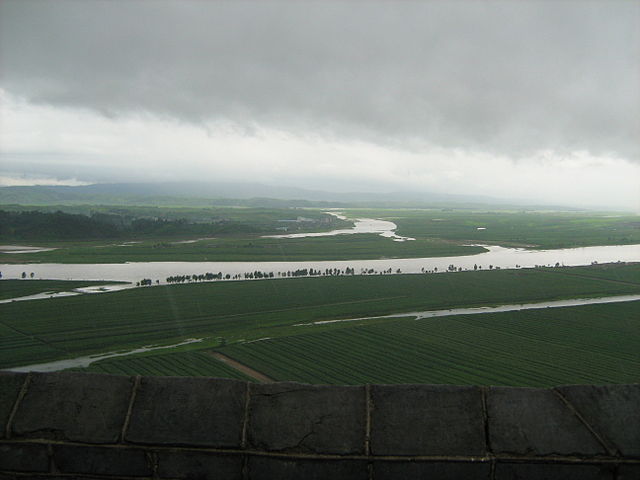 “Yalu River Delta, North Korea” Jack Upland Wikipedia (Looking from China towards DPRK).
“Yalu River Delta, North Korea” Jack Upland Wikipedia (Looking from China towards DPRK). 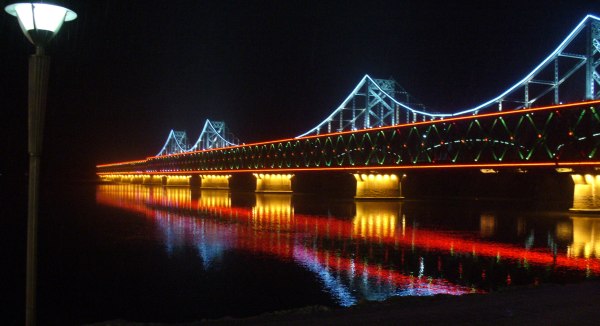 The Friendship Bridge by Night (Dandongexpat.com)
The Friendship Bridge by Night (Dandongexpat.com)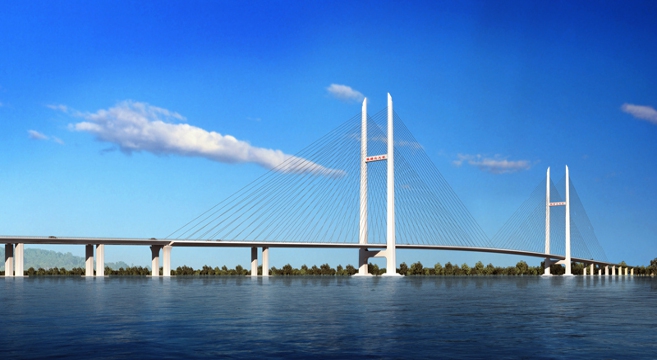
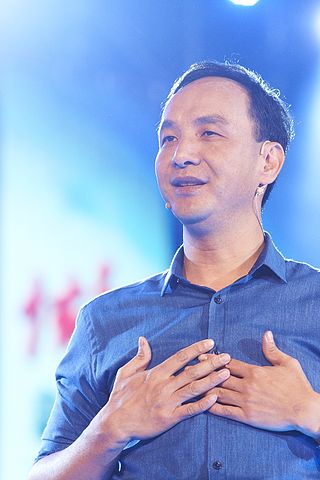 KMT Chairman Eric Chu ( “Llchu” by 邱鈺鋒 Wikimedia)
KMT Chairman Eric Chu ( “Llchu” by 邱鈺鋒 Wikimedia)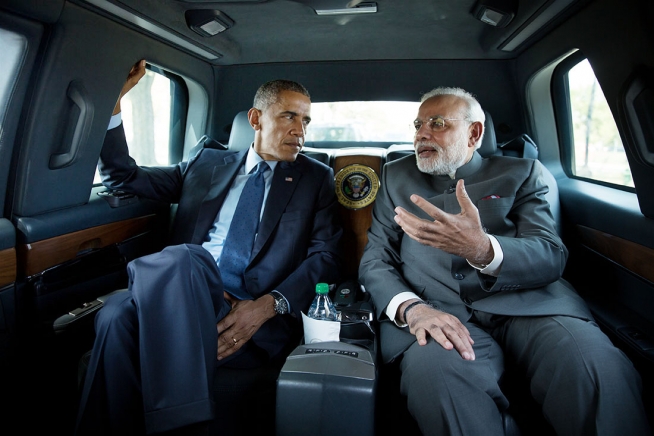 President Obama and PM Modi in Washington (Photo: white house.gov)
President Obama and PM Modi in Washington (Photo: white house.gov)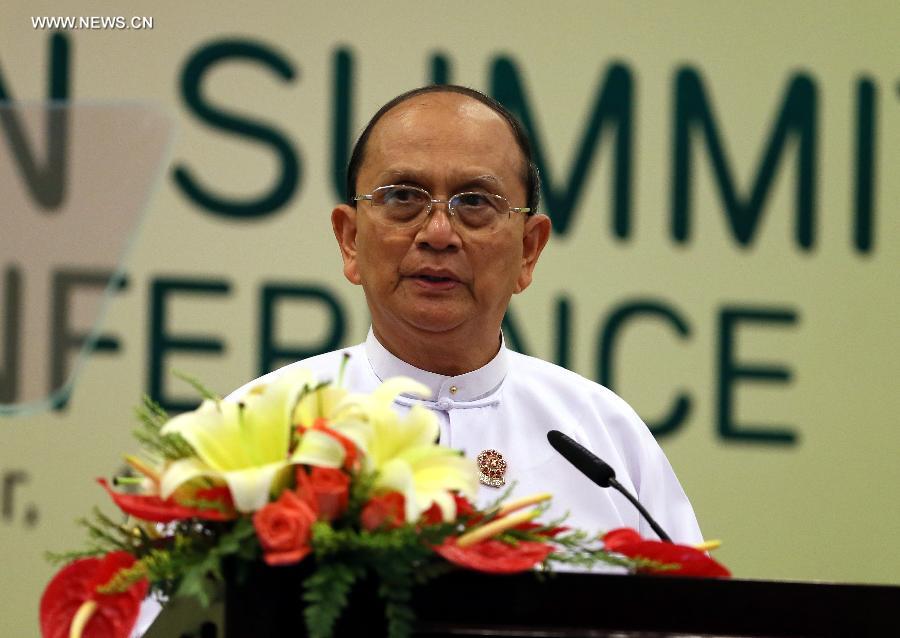
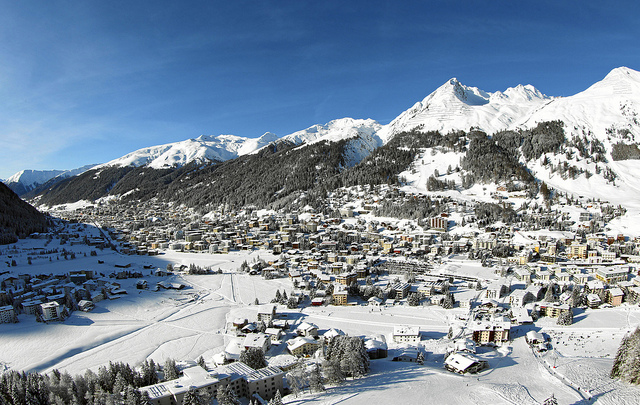
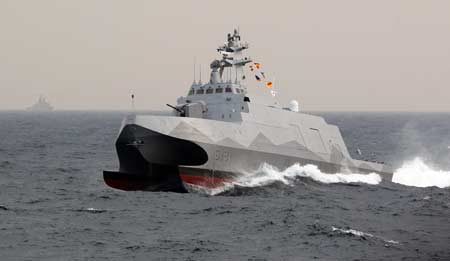
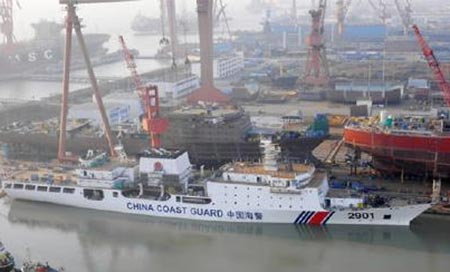 China Coast Guard Cutter Haijing (Photo: WantChina Times)
China Coast Guard Cutter Haijing (Photo: WantChina Times)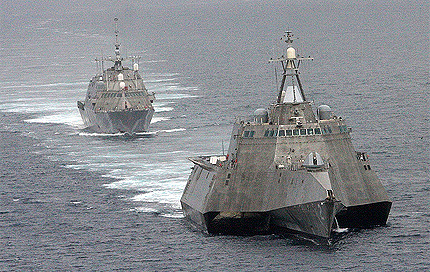 USS Independence (LCS 2-front) and USS Freedom (LCS 1-rear) (Photo: Naval Technology.com)
USS Independence (LCS 2-front) and USS Freedom (LCS 1-rear) (Photo: Naval Technology.com)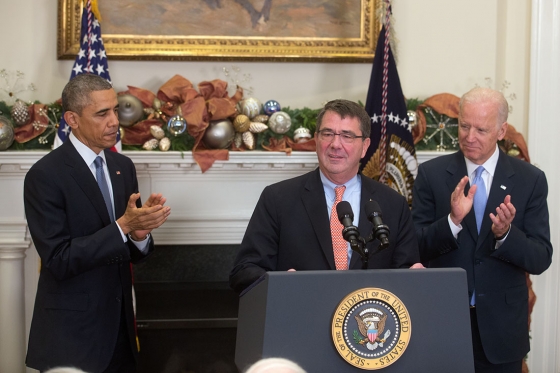 Introducing Ashton Carter (Photo: White House Gov.)
Introducing Ashton Carter (Photo: White House Gov.)